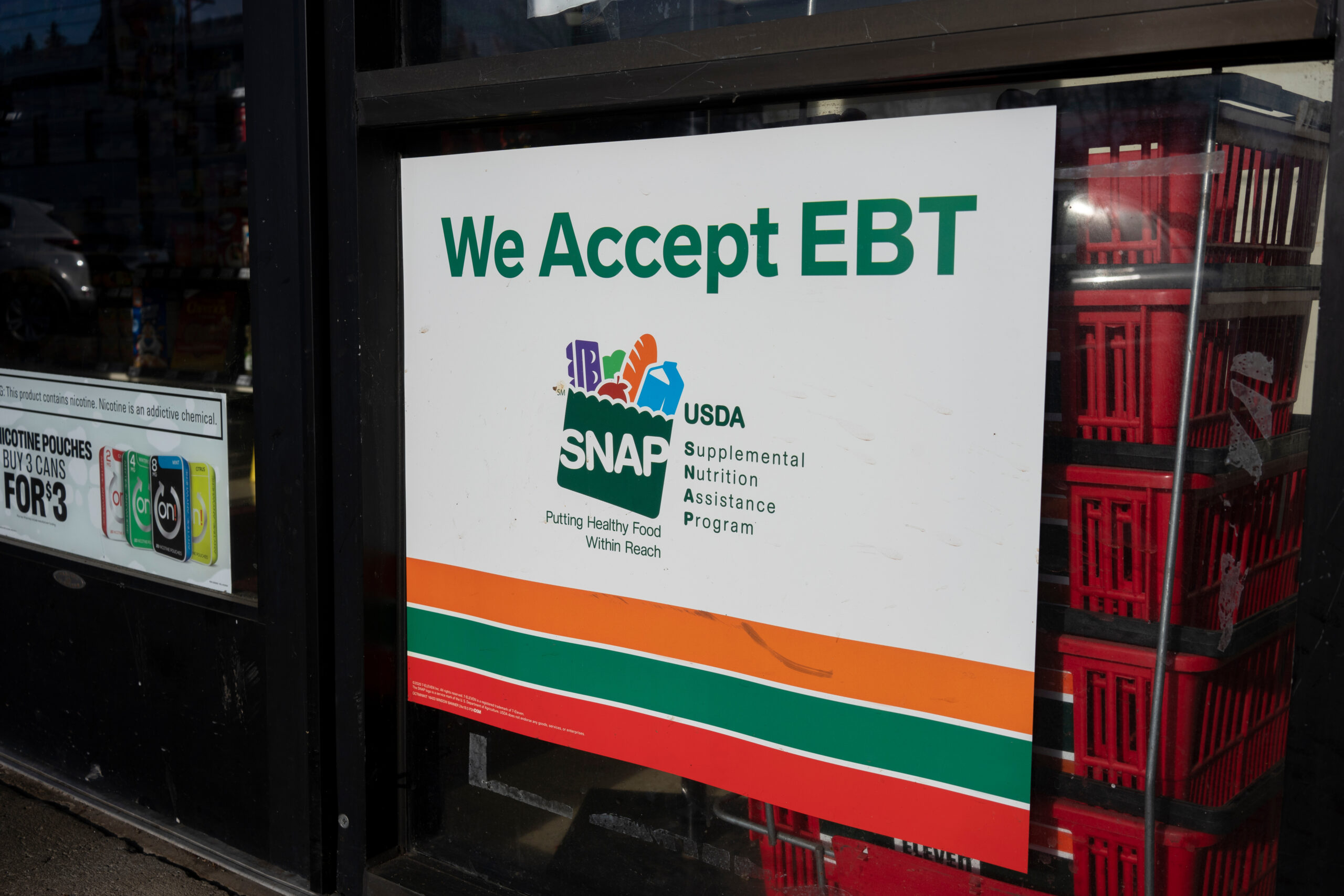Welcome to Our Research Archive
Search and filter by content type, issue area, author, and keyword

May 13, 2025
Common-Sense SNAP Reforms Included in House Agriculture Reconciliation Proposal
…increasing benefit levels for inflation. The Thrifty Food Plan sets maximum SNAP benefit levels, intending to represent the cost of a “nutritious, practical, cost-effective diet” for home consumption. President Biden’s…

February 3, 2025
Legislators Want to Give Tens of Millions of Free Lunches to Students Who Don’t Need Them
…year (the most recent year of data available). Approximately 60 percent of those public school lunches were free or at reduced price (a maximum price of 40 cents per meal)…

January 30, 2025
Eliminating the Benefit Cliff and Achieving Savings for Taxpayers: A Reform Proposal for the Supplemental Nutrition Assistance Program
…SNAP benefit structure—the maximum benefit levels, the tapering point, the benefit reduction rate, and the exit point—to eliminate benefit cliffs and improve employment outcomes for participants while reducing program costs….

January 21, 2025
President Trump’s USDA Should Fix Food Stamp Work Requirement Waivers
…of maximizing their waiver coverage. Therefore, even if one area (county, city, town, etc.) is not eligible for a waiver according to any of the above criteria, the area may…

September 24, 2024
Household Food Insecurity Rises Again – Inflation, especially for households ineligible for safety net programs, to blame
…combined with adjustments to SNAP benefits to account for inflation, the maximum SNAP benefit increased in nominal terms by an astonishing 46.3 percent from 2019 to 2023. Consistent with this…

March 11, 2024
How Many Forms of “Wage Insurance” Do We Need, Exactly?
…recessions offer additional weeks of checks to the long-term unemployed (that is, generally beyond six months, continuing state UI check amounts). During the last two recessions, maximum durations stretched to…

February 27, 2024
Options for Improving the Child Tax Credit Provisions in H.R. 7024, the Tax Relief for American Families and Workers Act of 2024
…H.R. 7024, we recommend several improvements to its CTC provisions, including provisions to retain and provisions to drop. Provisions to Retain Increase the Maximum CTC to Account for the Rising…

February 7, 2024
Solving Benefit Cliffs in SNAP
…benefit amounts phase out as household earnings increase. Households with no income receive the maximum benefit—$766 per month for a family of three—but for each additional dollar that a household…

January 19, 2024
The Work Incentive and Employment Effects of Eliminating the Child Tax Credit’s Annual Income Requirement
…Tax Credit’s annual income requirement by allowing individuals to calculate their eligibility using their current or prior year’s income, whichever year maximizes the family’s benefit. We show that for the…

August 9, 2023
The CTC Work Incentive Works
…returned to its pre-pandemic form, phasing-in at 15 percent of earnings beyond $2,500, up to a maximum of $1,600 in a refundable CTC per child and a non-refundable $2,000 per…